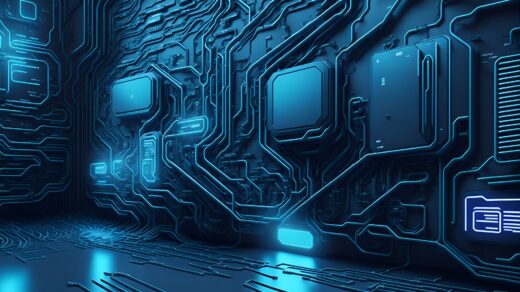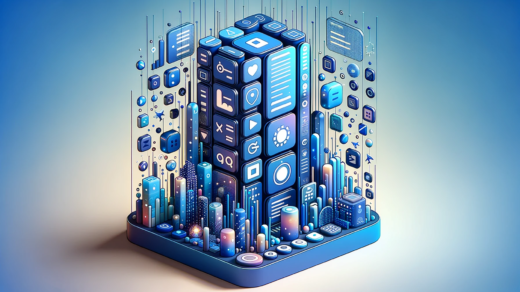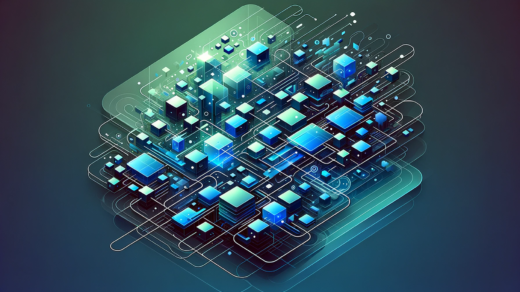Deep learning, a subset of machine learning, is a transformative artificial intelligence (AI) technology. This paradigm change in AI technology is causing ripple effects throughout industries ranging from healthcare to finance and everything in between. This deep dive into deep learning will be instructive for aspiring AI enthusiasts, IT professionals, or anybody simply interested in the future of technology.
Defining Deep Learning
Deep learning is an artificial intelligence function that processes data in the same way that the human brain does. This artificial intelligence approach is based on artificial neural networks, specifically deep neural networks, which include several layers (‘deep’ structures) of linked nodes. Deep learning models can learn and grow from experience in the same way that people do but at a much faster and more powerful rate.

Why is Deep Learning Important?
Deep learning has risen in prominence as a result of its capacity to analyze enormous amounts of data with precision. It can recognize patterns and analyze complicated data structures, which is extremely useful in our data-driven era. Deep learning has several applications, ranging from picture and audio recognition to natural language processing.
The Science Behind Deep Learning
Deep learning models are created by constructing artificial neural networks with numerous layers—hence the word ‘deep.’ Input layers, hidden layers, and output layers make up these networks. Each layer understands the data it gets and passes it on to the next layer using mathematical computations and algorithms. Deep learning models can analyze data in sophisticated and flexible ways because of their deep structure.
Understanding Deep Learning Algorithms
Deep learning’s magic is powered by a number of algorithms. Convolutional Neural Networks (CNN), Recurrent Neural Networks (RNN), and Generative Adversarial Networks (GAN) are three of the most popular. CNNs excel at processing grid-like data, which makes them suitable for image and video processing. RNNs, on the other hand, are ideal for dealing with sequential data, such as time series analysis or language translation. GANs are a more recent development, presenting a novel method of producing synthetic yet realistic data by combining two neural networks—a generator and a discriminator.
Applications of Deep Learning
Deep learning has several uses due to its ability to extract high-level characteristics from raw input data. Deep learning algorithms aid in the diagnosis of illnesses and the development of novel treatments in healthcare. They power the autonomous driving systems of self-driving automobiles in the automotive industry. They are also enabling chatbots and virtual assistants, which are revolutionizing customer service.
Challenges in Deep Learning
While deep learning has enormous potential, it is not without limitations. The requirement for massive volumes of data and computer power might be a barrier. Furthermore, the ‘black box’ nature of deep learning models creates transparency and trust concerns by making it difficult to comprehend why a certain choice was reached.
Future of Deep Learning
Deep learning appears to have a bright future. Deep learning models will get more complex as processing power increases and more data becomes available. Transfer learning and reinforcement learning techniques are anticipated to play a larger role in enhancing the efficiency of deep learning models.
Conclusion
Deep learning is a game-changing technology that is changing the way we work, communicate, and even view the world. As the area develops, the only limit to its possible uses is human imagination.
Read More
Harnessing the Power of Artificial Intelligence: A Game-Changer Digital Era
Top Blockchain Skills That Are in Demand and Why They Are Essential.
Foldable Devices: A Revolution in Mobile Technology
Electric Vehicles: Driving the Future of Sustainable Transportation
Wearable Technology: Revolutionizing the Future of Smart Devices





























